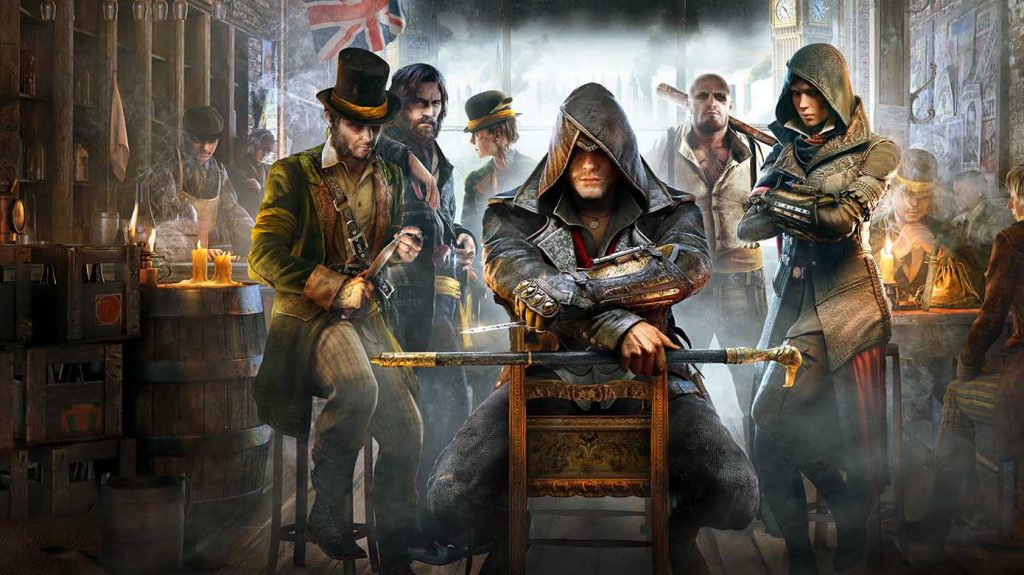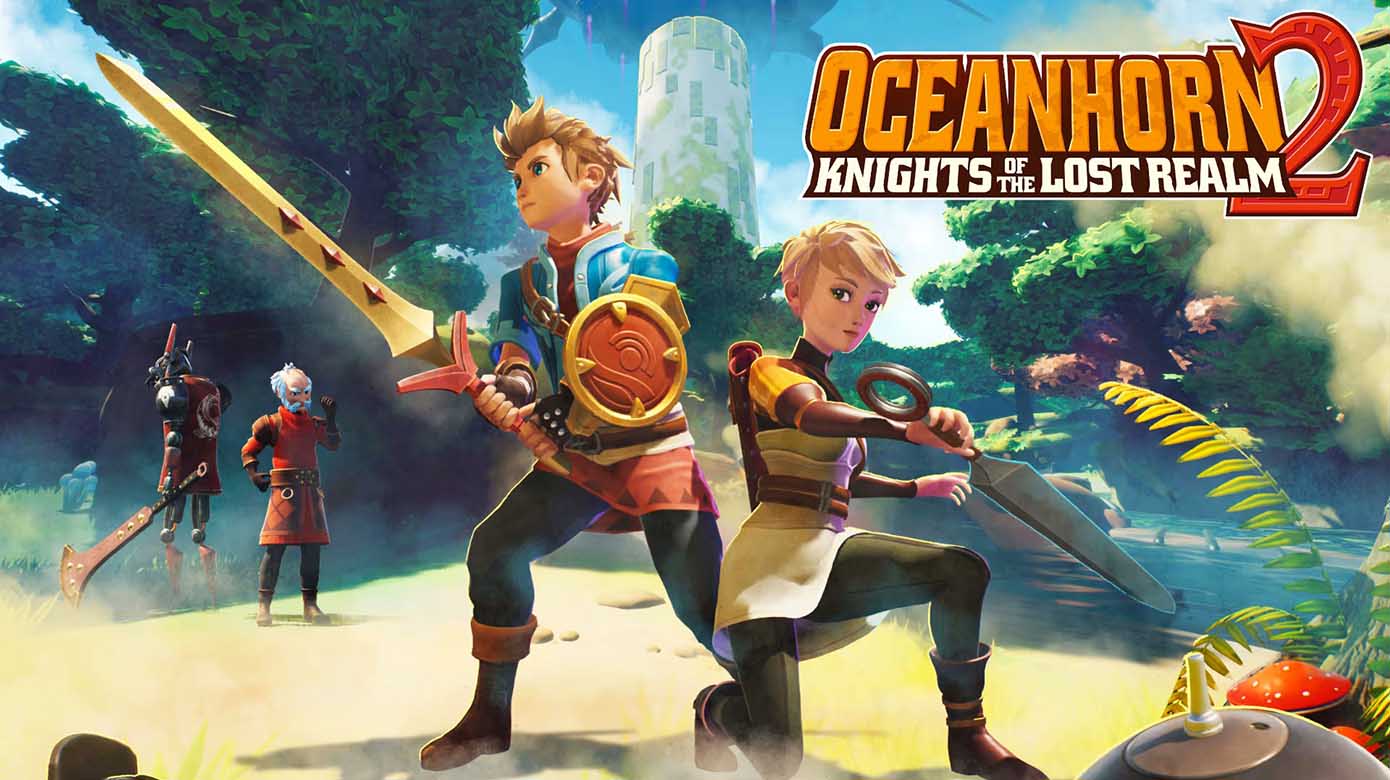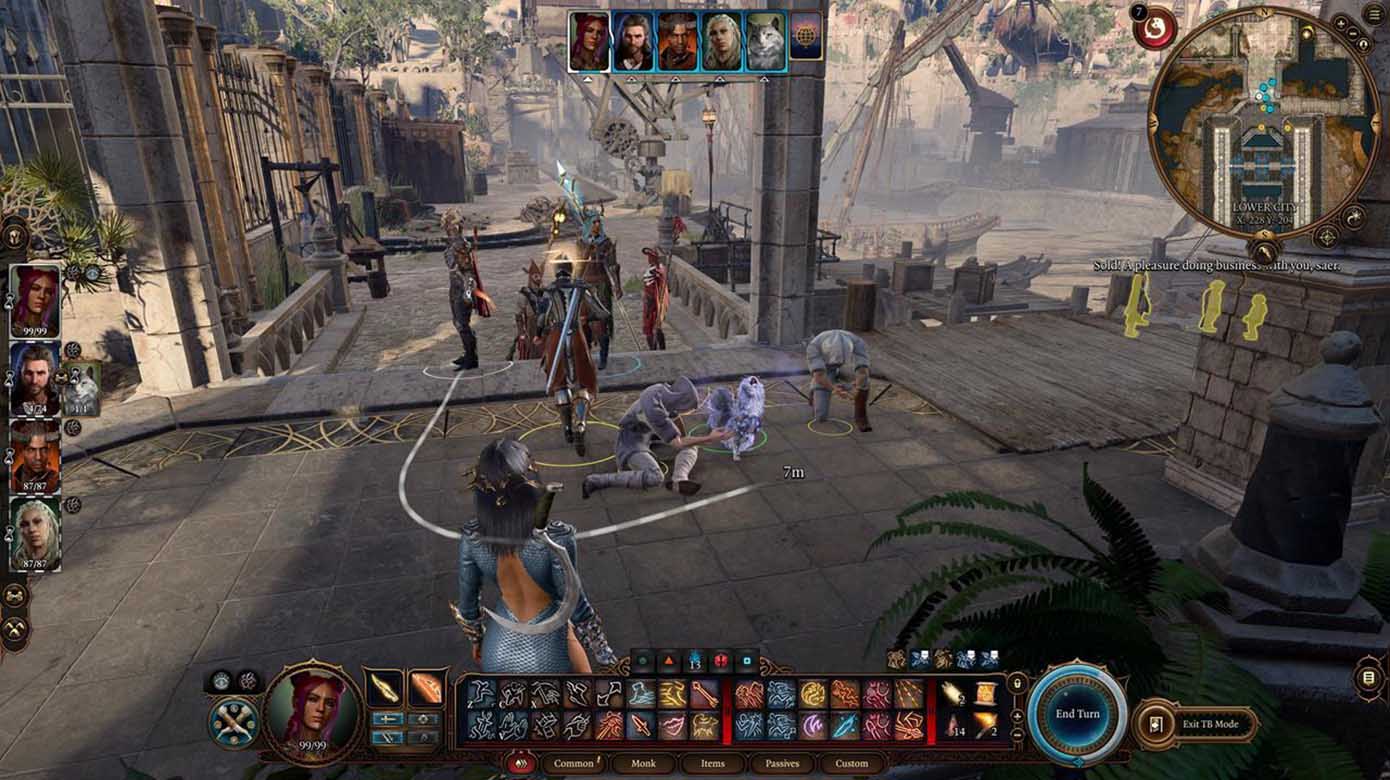The British Isles, a land surrounded by the sea, have long been a symbol of navigation and adventure. From the legendary tales of the Age of Discovery to modern maritime transport and exploration, countless routes have stretched between tides and storms. In the world of virtual games, this coastline has also transformed into countless thrilling adventure stages, drawing me again and again into unknown waters. From calm seas to raging storms, from bustling ports to lonely islands, each voyage is a new challenge. Today, I want to share with you three popular games that kept me immersed along the British coast for a long time: Oceanhorn 2: Knights of the Lost Realm, Sea of Thieves, and Assassin’s Creed IV: Black Flag. Each has its own strengths in gameplay, storytelling, and atmosphere, yet all have given me a profound experience of the charm and danger of nautical exploration.
1. Oceanhorn 2: Knights of the Lost Realm — A Coastal Adventure Blending Fantasy and Sailing
The first time I launched Oceanhorn 2, I was instantly drawn in by its bright and expansive visuals. Like many fantasy works inspired by British culture, this game world blends ancient European ports, rugged coastlines, and mysterious island ruins. Although its art style leans toward the cartoonish, the details are meticulous—the waves crash against stone piers, seagulls circle overhead, and fishermen in the port busily mend their nets. It’s as if you can smell the salty sea breeze.
The core gameplay focuses on exploration and puzzle-solving, but sailing is my favorite part. Every time I set sail from the harbor, wind direction, weather, and tides all influence my journey. Once, on my way to a small island said to hold hidden treasure, I encountered a sudden thunderstorm. The sea swelled violently, lightning lit up the darkened sky, and my ship rocked dangerously in the massive waves. I had to adjust the sails while avoiding reefs, even diving overboard to repair parts of the ship damaged by lightning. This tension made it feel nothing like a simple “travel from point A to point B,” but rather a genuine fight for survival at sea.
Island exploration is equally delightful. Climbing along British-style sea cliffs, crossing moss-covered stone bridges, and entering ancient stone ruins, I could almost see sailors from centuries past resting in these very places. The enemy design is also engaging—ranging from pirates to strange sea creatures. Each encounter forced me to switch tactics between sword combat and magic. Particularly in near-shore battles, I had to dodge enemy cannon fire while guarding against underwater monsters, creating a multi-front combat pressure that left a deep impression on me.
2. Sea of Thieves — A Pirate Paradise of Freedom and Chaos

Compared to the fantasy tone of Oceanhorn 2, Sea of Thieves brings pure freedom and chaos. This is a multiplayer-focused open-world sailing game where you can form pirate crews with friends to explore, plunder, battle, and trade across vast seas.
When I first entered the game, I sailed a small two-mast sloop across the morning sea. Sunlight streamed through light mist onto the water, and the rhythm of waves against the hull was calming. But this peace didn’t last long—a warship flying a black flag appeared on the horizon, clearly unfriendly. As it approached, cannon fire erupted, splinters and flames flying across the deck. My crew quickly split into roles—one steering to avoid enemy fire, others loading the cannons to return fire, and someone rushing below deck to patch leaks. In that moment, our heartbeats matched the rhythm of the waves, and life or death balanced on a knife’s edge.
The charm of Sea of Thieves lies in its unpredictability. On a treasure hunt, you might be caught in a storm and forced to beach on a deserted island, or you might form a temporary alliance with another crew to fight a sea monster, only to turn on each other when splitting the loot. I once sailed alone and encountered a giant Kraken. Its pitch-black tentacles rose from the depths, wrapped around my ship, and flung me into the sea. The water was dark and icy, and the monster’s shadow circled nearby. Swimming desperately back to my vessel, I felt a mix of fear and exhilaration that can only be understood when experienced firsthand.
The ocean simulation here is outstanding. Wind direction, wave height, fog, and day-night cycles all directly affect navigation, and each sea region has its own water color and atmosphere. It doesn’t just give me the romance of sailing—it shows me the sea’s merciless, ever-changing nature.
3. Assassin’s Creed IV: Black Flag — Sailing Between History and Pirate Legend
Although the setting of Assassin’s Creed IV: Black Flag predates modern Britain, its realism and immersion in sailing remain unmatched. I play as Edward Kenway, a privateer captain active in the Caribbean, but many ports and cultural details are closely tied to Britain’s maritime traditions.
The sailing system here is addictive. Commanding the Jackdaw across vast seas, the sails tighten against the wind and relax when moving with it. I remember once navigating the northern waters, whose climate resembled that of Britain, with heavy fog cloaking the sea. Only occasional shouts from the lookout broke the silence. Suddenly, an enemy ship emerged from the mist, cannon fire skimming past my hull. I immediately ordered a portside broadside, and with a deafening roar, the enemy’s mast splintered and toppled into the sea. This kind of instant reversal in battle is Black Flag’s unique magic.

Exploration and combat are tightly integrated. Beyond naval battles, I often landed in coastal towns, jungles, or abandoned forts to seek treasure or assassinate targets. British-style architecture stood out in the Caribbean setting—stone fortifications, colonial harbor clock towers, even wooden bar counters in taverns all reminded me of London or Bristol’s ports during the Age of Sail.
The music is another unforgettable element. Sailors sing old British sea shanties during voyages, their rough voices blending with the sound of the waves, making me feel like I truly belonged to a privateer crew. Every return to port to resupply, repair the ship, or recruit new sailors brought the relaxation and satisfaction of coming home from battle.
These three games depict the lost routes of the British coast from different angles—fantasy adventure, multiplayer interaction, and historical immersion. In Oceanhorn 2, I felt the joy of exploring unknown islands and solving ancient mysteries; in Sea of Thieves, I was immersed in unpredictable cooperation and conflict between players; and in Assassin’s Creed IV: Black Flag, I experienced the intertwining of history and pirate legend.
No matter the setting, the essence of sailing is always the courage and wisdom to face the unknown. In these games, the British coast is not just a boundary on a map but a link between worlds and destinies. Every departure could be a life-or-death journey; every return, the start of a new story. The wind, the waves, and the shadow of sails will always sway in my memory, reminding me that those lost routes are still calling explorers to set forth.



